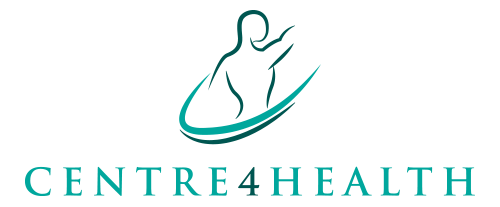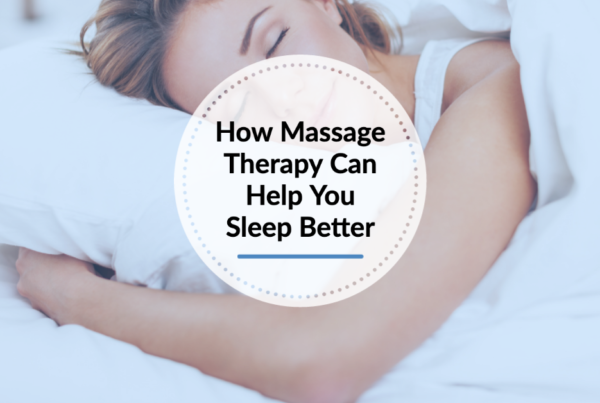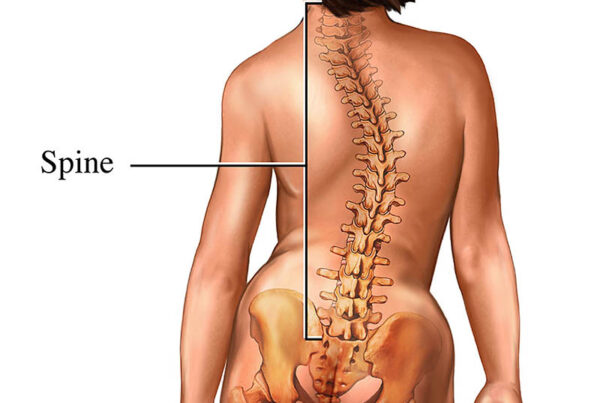Medication is a common way to prevent and treat migraine headaches, but some research suggests massage therapy may be helpful for some people. That’s especially good news for people who struggle with the side effects of migraine medications.
What we do know is that migraine-specific science is promising. Many small studies have linked massage to migraine relief for decades. Plus, there’s plenty of high-quality research that shows massage therapy can help relieve common migraine triggers, such as stress and sleep problems. Massage therapy may reduce migraine pain and improve quality of life. A U.S. study of people with migraines placed 26 participants into two groups. The control group got no intervention, while a massage group got two massages a week for 5 weeks. The massage group fared much better, reporting:
- Much less migraine pain
- More headache-free days
- Fewer sleep problems
- Higher levels of the feel-good hormone serotonin
Massage therapy may reduce migraine frequency and improve sleep. A 13-week New Zealand study of nearly 50 people also divided participants into a control and a massage group. Both groups completed regular questionnaires about their health and habits. The massage group also received weekly massages during weeks 5-10. The benefits were clear and lasting, even during the last 3 weeks of the study without massages. Compared with the control group, the massage group reported: Less frequent migraines
- Decreases in anxiety, heart rate, and the stress hormone cortisol
- Better stress management and coping skills
- Greatly improved sleep quality
Types of Massage for Migraine Relief
- Massage therapy can be relaxing or intense. It can use hot stones or cold stones. It can focus on your feet or work magic above your neck. Is there one that works better than another when it comes to headache relief? Absolutely, but it may be different for you than for someone else. The best type of massage for your migraines will depend on your preferences, your triggers, and ultimately your results. As you think about your options, consider this list of massage types that have some published science to support their use.
Aromatherapy massage
- Helps relieve anxiety and promotes relaxation. If you add aromatherapy, where the practitioner includes essential oils in the session, you may feel even better. Research shows that lavender essential oil can help relieve stress and promote quality sleep. One study even suggests that lavender aromatherapy helps reduce migraine symptoms.
- Keep in mind that essential oils, which seem natural and safe, can have negative effects as well. Some can trigger headaches or other symptoms in people who are sensitive to smells.
Remedial & Trigger point massage
- Some people find headache relief with head and neck trigger-point massage. The idea behind its effectiveness: problems in your skeletal muscle refer to pain up to your head. When you “release” those muscles, your chronic headaches ease up.
- Research on trigger point massage for migraine is limited but promising. One study that found trigger point therapy plus medication was significantly more effective for migraine relief than medication alone.
Reflexology
In this type of massage, a practitioner applies pressure to different parts of your hands or feet. Similar to trigger point massage, the principle is that stimulating one part of your body can promote health and healing in another. At the least, it can promote a sense of calm, which is important if you have migraines. Several studies show some specific benefits of reflexology:
- Greater relaxation
- Improved sleep
- Lower stress levels
- Decreased pain
Keeping in mind some people hold a lot of tension around their neck, jaw and head. Which creates more pressure and is a contributing factor to set off head aches and migraines. Water and lack of fluids also can create the same risk.





